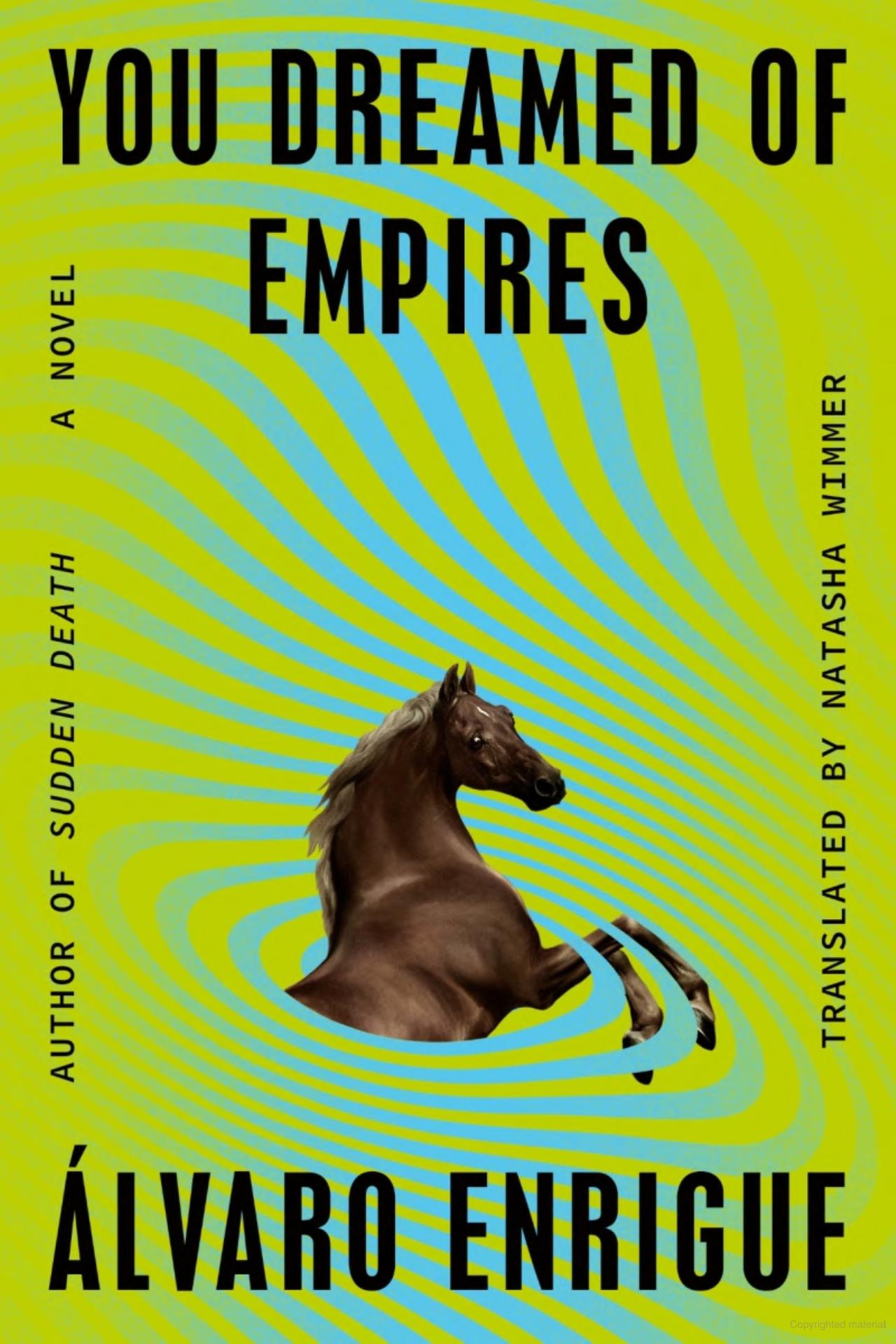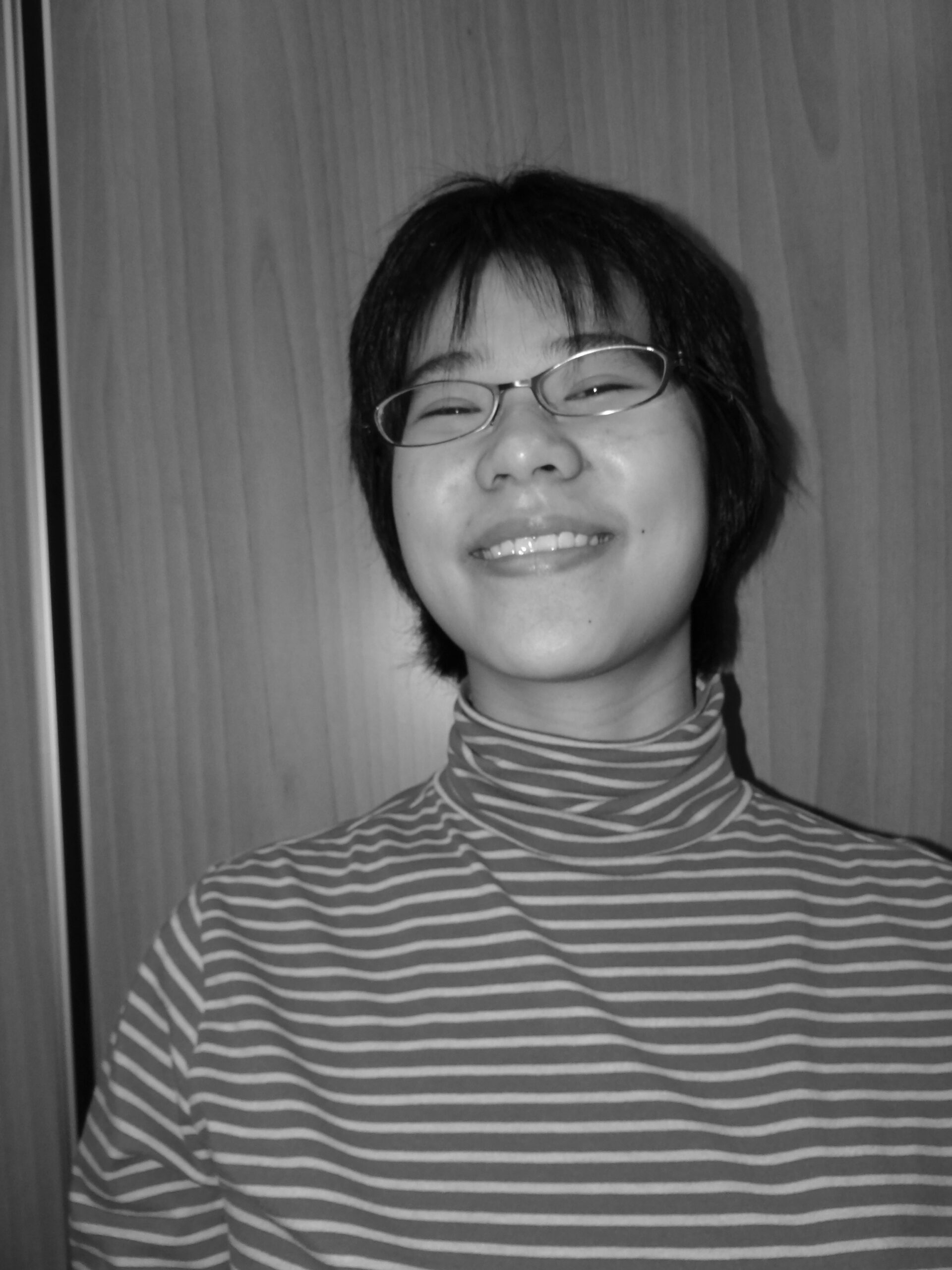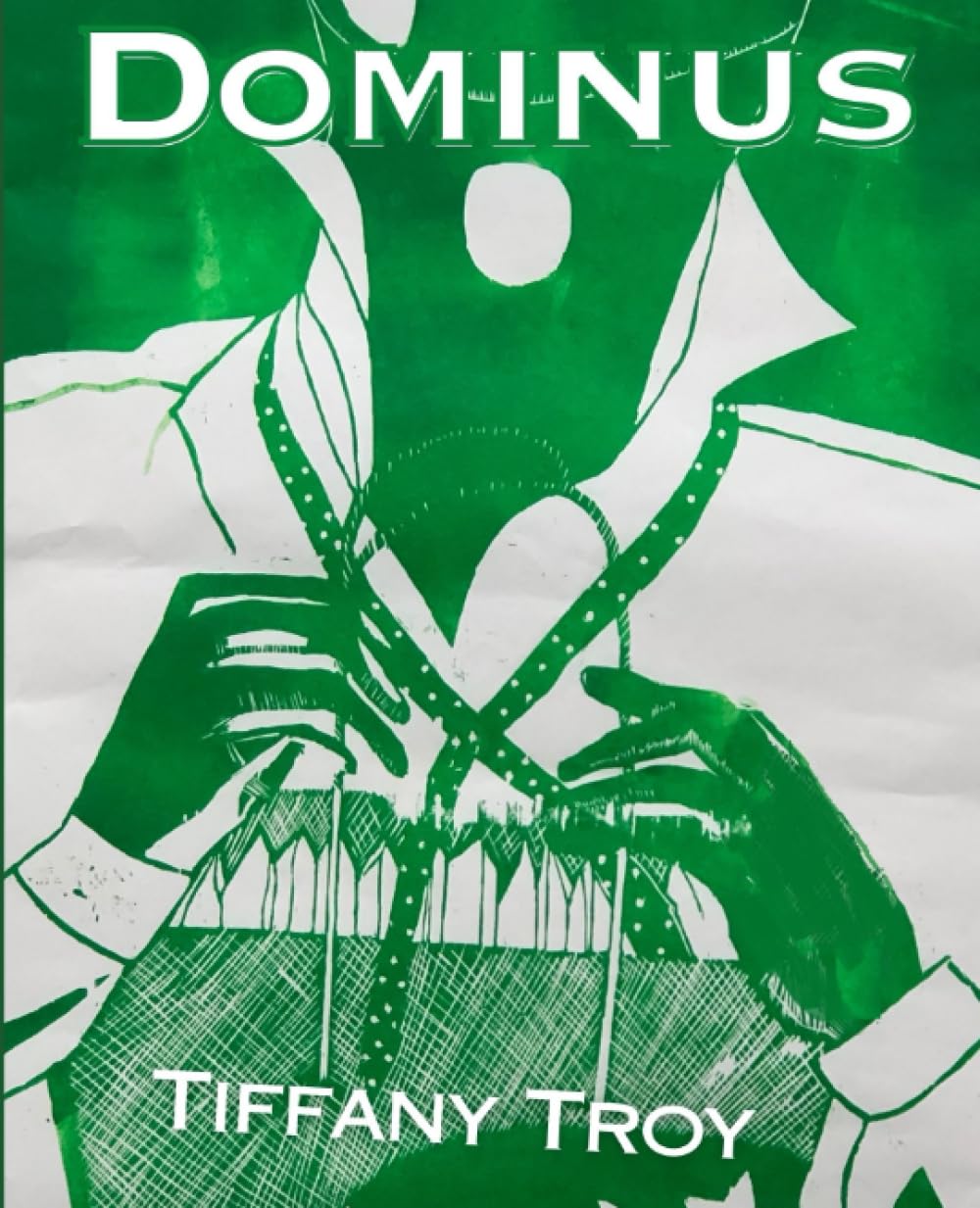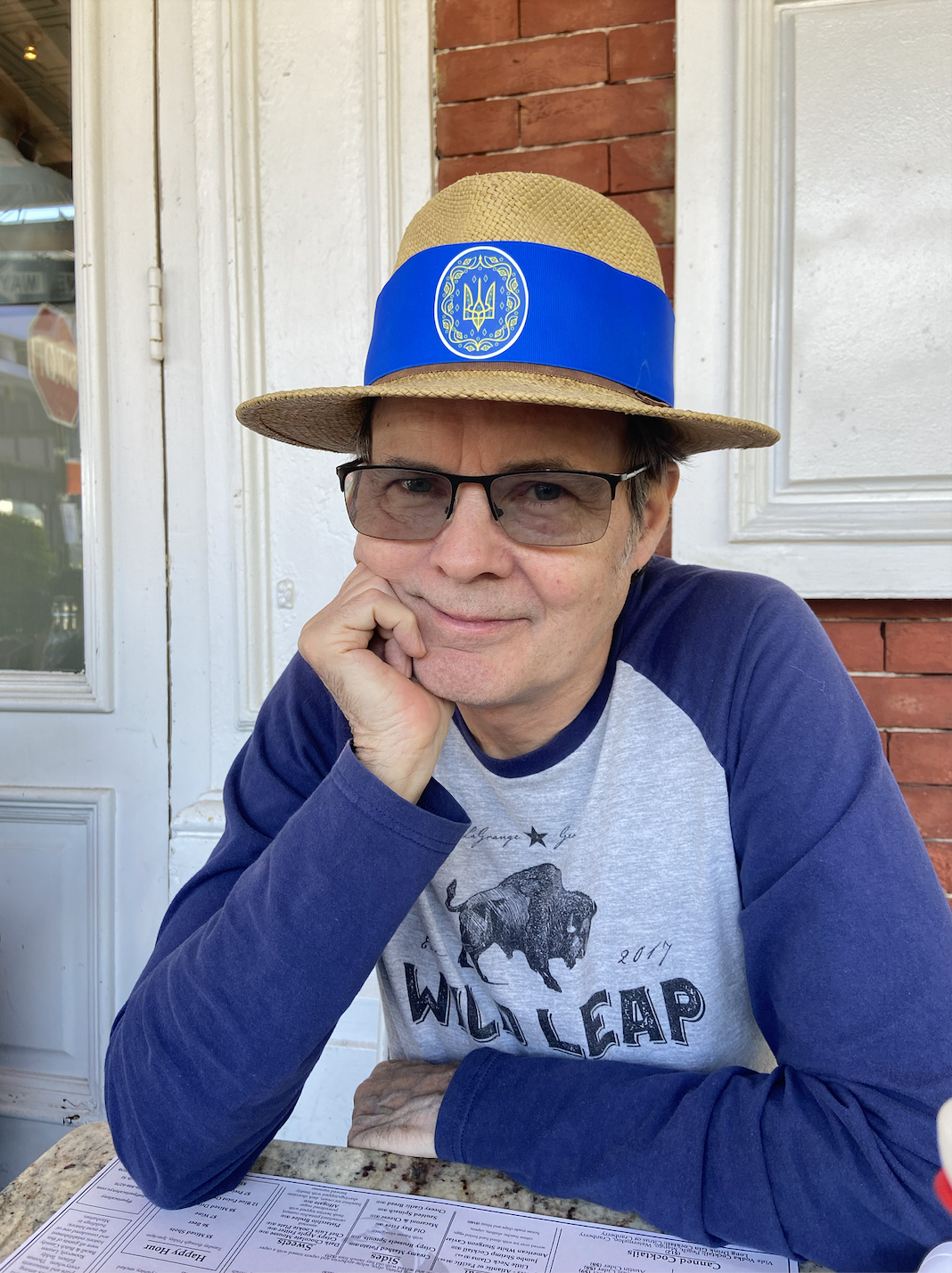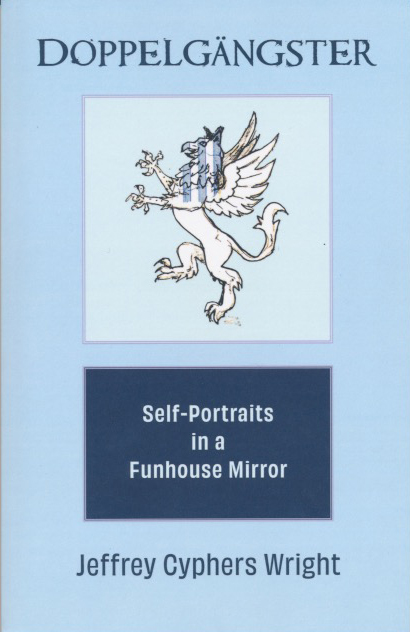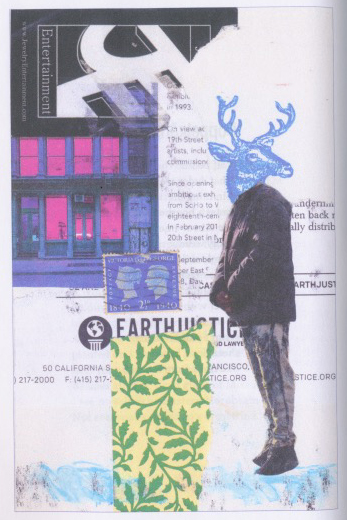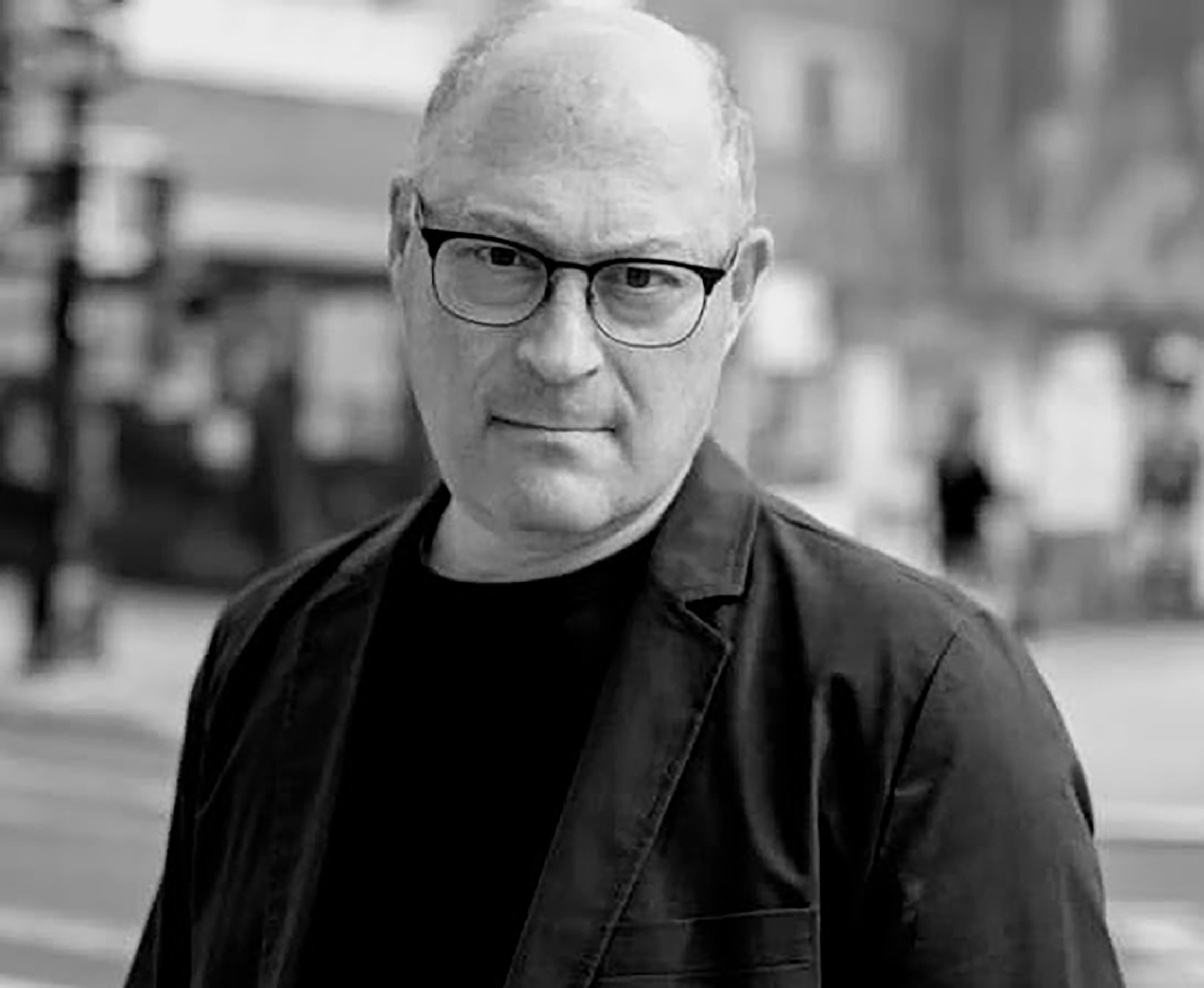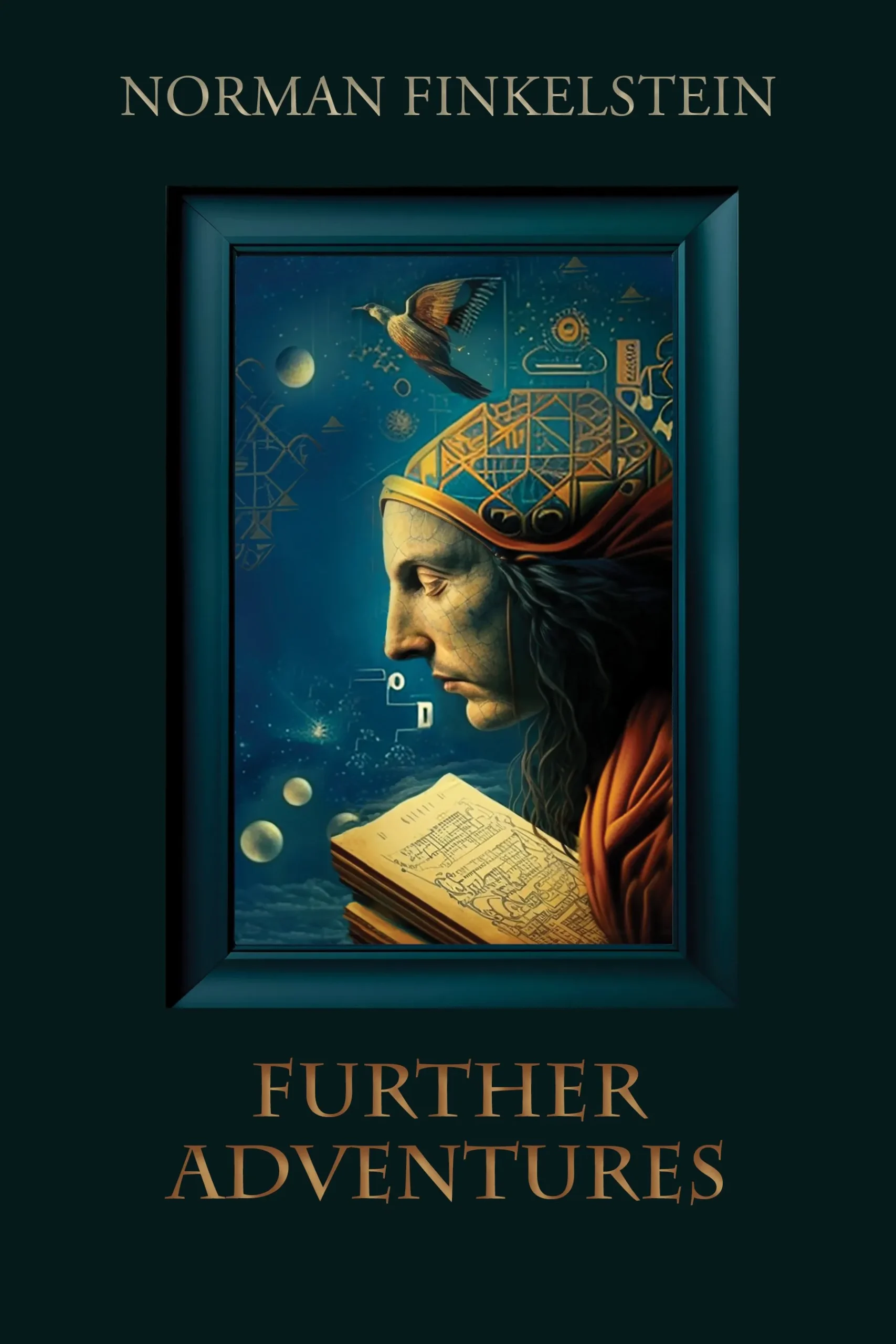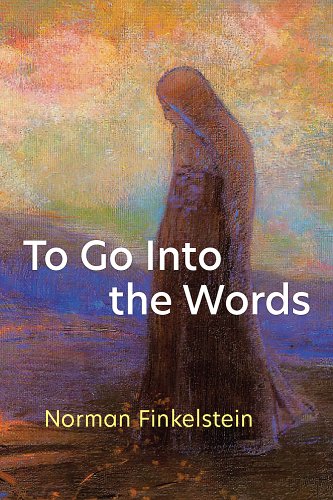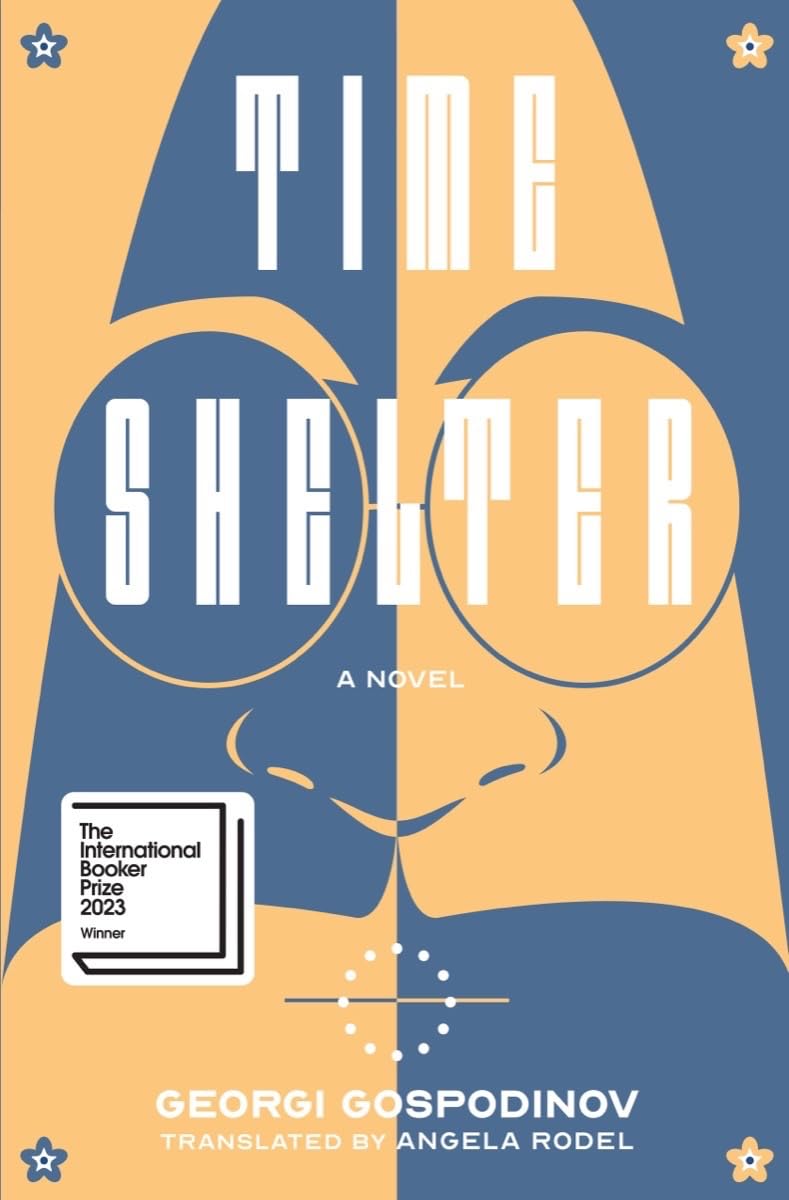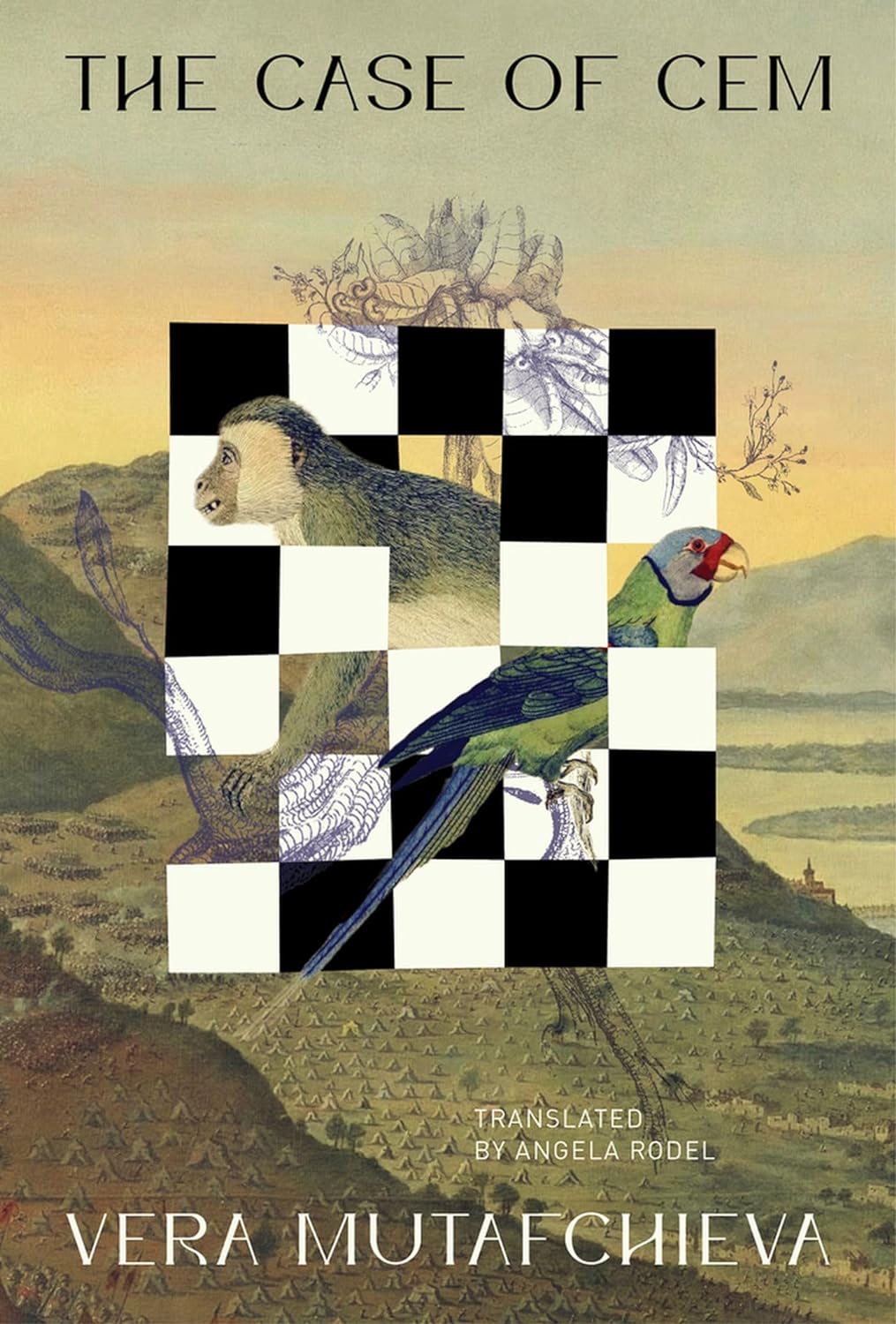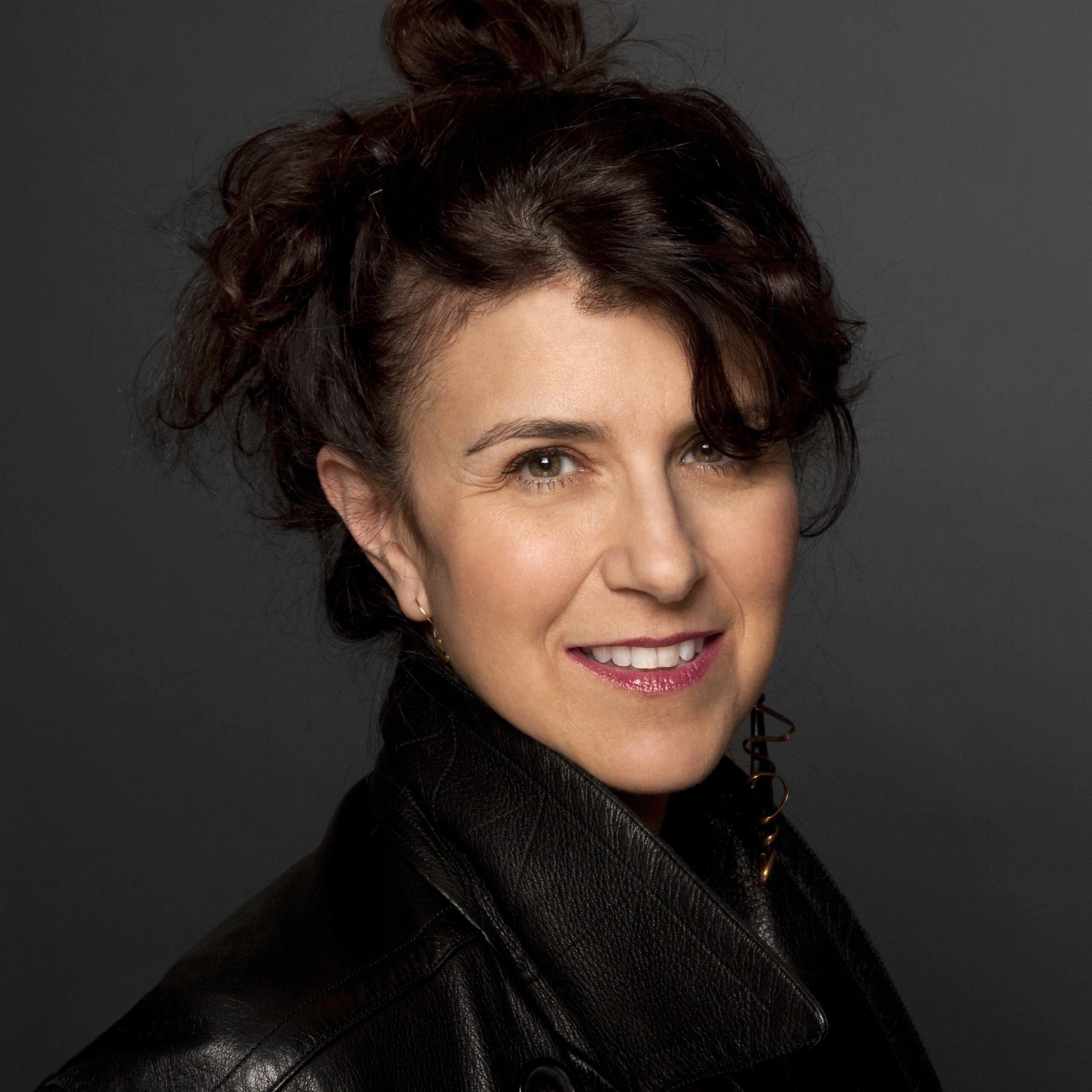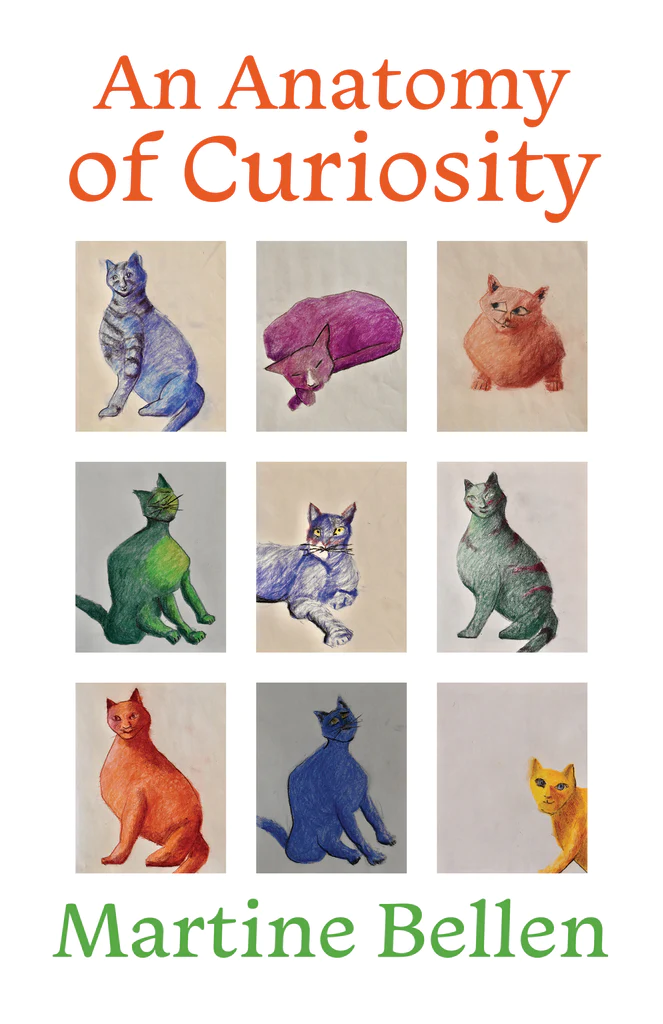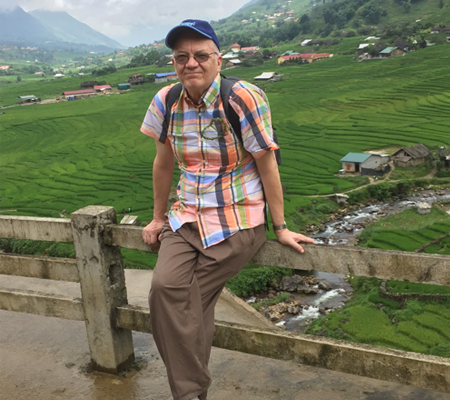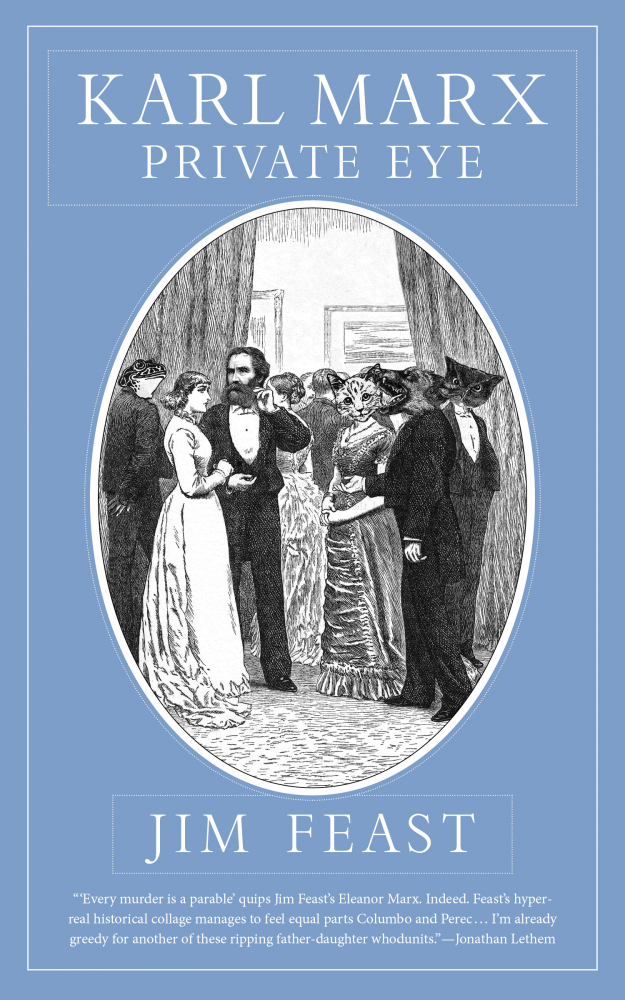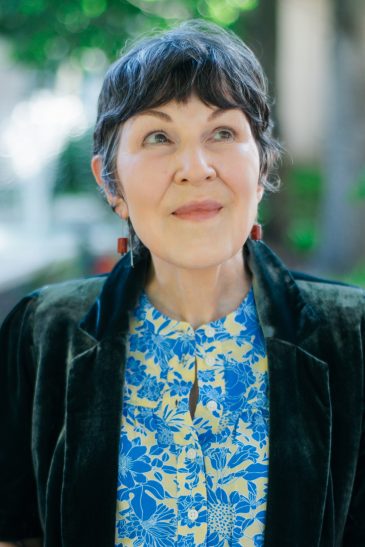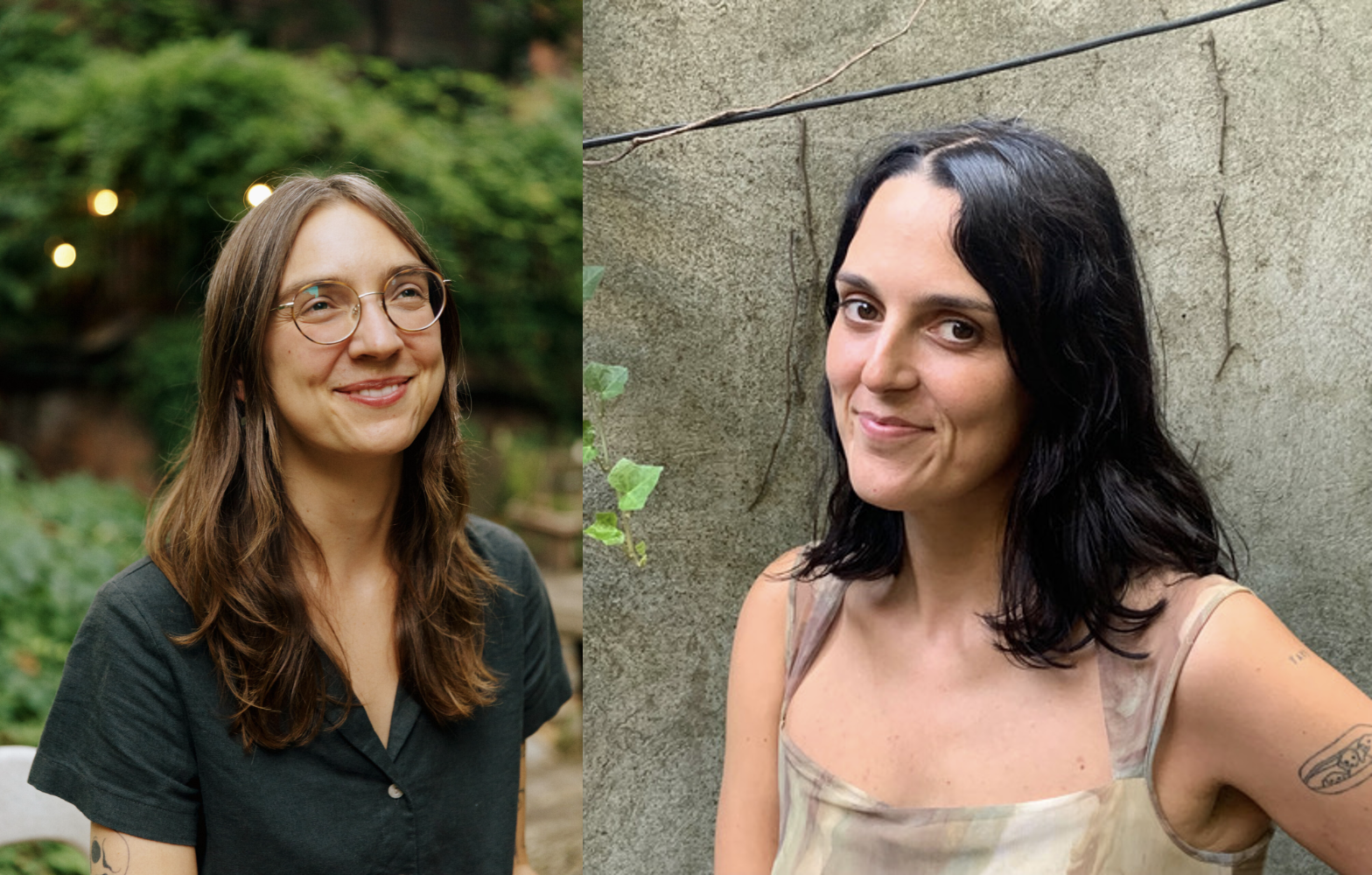
.
We, Laura Henriksen and Courtney Bush, are fanatics. Being fangirls is central to our practice as poets and as people, and since we happen to be rabid fans of one another, we are excited to have this occasion to discuss our new books. Here we talk about the world we want, the one we believe is possible, and how elements of that world can be built in poems.
In her debut collection Laura’s Desires (Nightboat Books, $17.95), Laura Henriksen forges her way toward a liberation of desire in two long, essayistic poems that joyously “show their work,” carefully unfolding thought, memory, and something like expert testimony. She consults a chorus of voices from literature and pop culture as well as family and friends, braiding their insights into the poems and breaking them down with her own.
Courtney Bush’s second collection, I Love Information (Milkweed Editions, $16), winner of the 2022 National Poetry Series, contains poems that run language along the strange border between belief and learning, drawing from her experience working as a preschool teacher witnessing and mirroring the way children build and unbuild the world in their imagination and in their rapidly expanding access to language.
In an ideal world, our books would have their own conversation that we could listen in on, but until we write books powerful enough to do that, we get to talk to each other about them. Our interview takes the form of a diptych, following the form of Laura’s book, placing Control alongside Divine Messages.
Control
CB: I see Laura’s Desires as a massive, intricate Medieval diptych. On one panel, you have dreams. On the other, movies, or really, one movie: Variety by Bette Gordon. They’re both painted with the same hand, the same vocabulary. And the panels are not panels, of course, but long, essayistic poems that use the movie and the dream to explore, among so many other things, the poet’s relationship to desire. One common denominator dreams and movies share is the limited relationship we can have with them as the viewer. We have no conscious control of their narrative progression, their images, their intention.
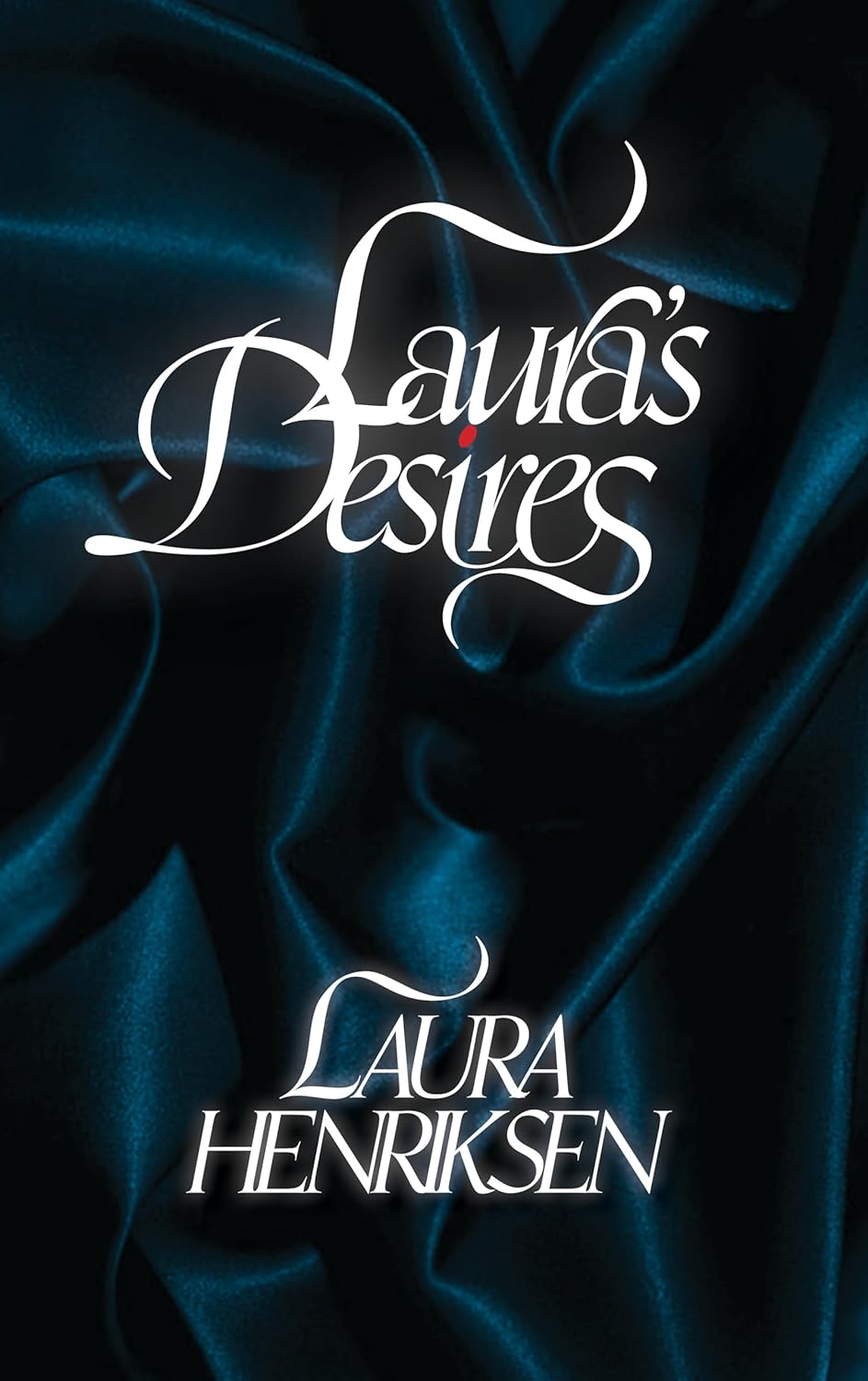 LH: I’m so glad you brought up control, because one way I want to branch off immediately is by asking you to talk about destiny. I feel like we are both very concerned with whether fate is real, whether or not “everything happens for a reason.” What difference does that make for you?
LH: I’m so glad you brought up control, because one way I want to branch off immediately is by asking you to talk about destiny. I feel like we are both very concerned with whether fate is real, whether or not “everything happens for a reason.” What difference does that make for you?
CB: I say in my poems all the time, “fate is real.” My “fate is real” thing comes from this time in my life when I felt confident that life was total chaos, total disorder. I was very young. But then I had this realization that if the disorder were truly total, it would include something as structural and ordered as fate, somewhere, if only by accident. I remember talking to a poet friend about it back then and he commented if fate weren’t real, at least sometimes, the 19th-century novel wouldn’t exist. No one would make that up if it didn’t exist. An outlandish thing to say—about as outlandish as “fate is real”—but something that feels true. I think of “fate” as a narrative structure, something made of language. I don’t think of it much outside of language, but by recognizing language’s capacity to articulate order, there is a realness to it.
In “Laura’s Desires” (the poem) you write:
I grew up
a believer, splashing around in the pool
of God’s omnipotent omnibenevolence,
singing about the font of blessings,
asking it to bind my heart, secure
in the warmed and softened
predetermination of “God has a plan
for your life.” I gave up this belief . . .
You go on to describe the end of that belief in God’s power and benevolence. You write a beautiful scene involving a questionable sighting of a mysterious horse on Fulton Street during which that belief falls away. What’s left isn’t the freedom I might’ve expected, but a feeling of further entrapment in a situation that did not have to be this way. There are real stakes here, this question of whether or not there is a reason for everything. Can you talk about that also?
LH: First I want to go back real quick and say thank you for describing my book as an intricate Medieval diptych. I was so excited to get to ask you about fate, because I’ve been so moved by your investigation of it, that I breezed right past the fact that you described my book in exactly the way I have thought of it.
I had the strong feeling in reading your books, first Every Book Is About The Same Thing (Newest York Arts Press, 2022) and then I Love Information, that I wished I had read them a long time ago, before I wrote Laura’s Desires—like I wish I had them next to me the night of the mysterious horse, for many reasons, one of them being the blessing of your revelation that inside of perfect chaos there must also be fate, a fate that isn’t exactly secular but also isn’t exactly divine.
All believers sooner or later must face this question—if God is all good, all powerful, and all knowing, how can the world be so bad? Some people hold those contradictions, some people can’t. I couldn’t, and it was such an existential problem for me, losing through God’s absence also the possibility of any sense of order, because when you’ve come to rely on “everything happens for a reason” as the only available response to suffering, then suddenly you are left speechless in pain’s wake. It returns us to the question of control we started with, and as is often the case with control, it becomes a question of cruelty or indifference.
When I’m thinking about how it did not have to be this way, what I mean is that this was not inevitable—there is no logical necessity requiring that some people feast and some people starve, literally, that this happens because of structures that were invented and that only continue because they are violently enforced. Part of what is empowering about this knowledge is that it demonstrates that it will not always be this way, and part of what is devastating is that it requires confronting the reality that it is this way for a reason, even if that reason isn’t “God’s plan” but the requirements of settler colonization as a global curse.
So the stakes are, yes, absolutely, extremely high. Because if the “reason” doesn’t emanate from some untouchable realm of Heaven, but is instead from, for example, the fucking White House, then we are not powerless against it, not at all. We are in fact responsible for it, and as such we have a responsibility to remake it. I don’t mean to be so vague by saying “it” here, I mean all systems of oppression and injustice—I mean Palestine will be free, and when Palestine is free, we will be free too.
CB: Your book is called Laura’s Desires. You are Laura. I know the title serendipitously comes from within the cinematic universe of Variety, but I admire the way your book about personal desire is so communal. Desire in this book is filtered through the voices of many other artists and thinkers. It makes me remember we are all here learning from each other, making work for each other. In “Dream, Dream, Dream,” the meditation on dreaming and dreaming’s relation to conscious desire always starts by looking outward. Each new part of the poem turns toward what some other work of art says about dreams and moves inward from there. The first five sections, for example, stem from the ideas of your bad babysitter, Selena, Frank Ocean, and Oscar Wilde. Can you tell me about that gesture, what it did for the language and the thinking?
LH: Oh, it made it so much more possible! I find writing and thinking just so hard, not remotely relaxing, and as such, I feel like I’m always looking for engines for poems, any possible source of energy to sustain them beyond my own totally unreliable creativity. (I wonder if this is relatable to you, because I get the impression that you are just constantly writing and making things, which delights me.) With “Dream Dream Dream,” the engine was a list of dream pieces I kept adding to; I would just fill it in as I went along. I love writing prompts, and I love taking workshops—ideally I would do all my writing sitting next to other people who are also writing and use their beauty of focus to bolster my own—so writing in this way where every section touches something else offered me a version of that social, communal force.
What engines do you find or make for your poems? I think often about your vision of a poem that can think, which to me seems like the ultimate poem-engine in terms of offering some kind of spark that allows for a poem to continue endlessly—not to get religious again, but sort of in that prayer-without-ceasing style.
CB: The engine gets started easily. Sometimes a phrase pops into my head from seemingly nowhere, and if it sounds like it belongs to the same constellation of some things I’ve been thinking about, the poem starts, and then, yes, I try to get the poem to think, which I think means to follow itself and lead itself. I have always loved the prayer-without-ceasing concept, without ever being religious, because of how it reminds me of thought. Thinking never stops. I write long poems, maximalist maybe, and I have a much harder time stopping them than keeping them moving. I like the idea that there is no structural obligation to end a sentence, and I think of poems that way too: Within the language, there’s nothing saying stop. If the poem thinks, it doesn’t have to stop. We are the ones who stop.
I want to know about the process of writing your 100-page poem about a single movie. It feels like an exercise in handing over the reins, a way of giving up some control of the poem to a pre-existing narrative. How much did you know or envision about the poem before you started writing it? How many times have you seen the movie? How many times had you seen it before you started writing the poem? What was the research like? Tell me everything.
LH: Totally! I mean, I have this trick I’ve always loved to employ (sort of in the style of your brilliant device of writing poems named “Katelyn” when you don’t have a title), which is to suddenly summarize the plot of a movie in the middle of a poem. You can just do that whenever you want to, and it will improve your poem, it’s so fun. I am someone who is completely enchanted by narrative, but, to this point at least, I have demonstrated no facility at actually crafting a story. That hasn’t really been a problem, though, because there are already so many stories. I don’t need to make a new one.
I had actually only seen Variety one time before I began writing the poem, and I watched it one more time, very slowly, while writing it, and then once more before I started editing it. But really, the movie is so vibrant and present that it just immediately copies itself in its entirety onto your brain, so you can just rewatch it whenever you want to. It offered this incredible poem-engine, because whenever I didn’t know how to go on, I would just go back to summarizing the story of the movie, and it’s so capacious that summarizing even one moment would open up a million portals, and I didn’t have to do anything but tumble through them and try to offer some traces of what that tumbling felt like, and what it taught me.
As for research, I did more than I’d ever done for anything! I read the notes from the Barnard conference where Variety screened, and I read so many interviews and reviews, both from that early ‘80s moment and from the intervening decades. I have spent a lot of my life in the East Village, but I never really thought I would write such an East Village poem, because it’s so heavy with different meanings to different people. I think it was only through doing this research that it was possible for me to really talk about what it’s like to live here.
You describe this moment where an interlocutor says that when they read your poems, they have the feeling that everything in them really happened, that it’s all true. It’s not until that moment, according to the poem, that it occurs to you that it would be possible to include things that didn’t happen. I feel so interested in the ways you are a storyteller. Part of the profound pleasure I experience in reading your work is very close to the pleasure I experience in reading novels, but you remain perhaps resistant to invention or fabrication. I wonder if you could talk a bit about the relationship between telling stories and telling the truth. “Telling” is such a central part of your work as I experience, as in “I want to tell you what a sword is.”
CB: I do think of my poems as being written about my actual life or “the truth,” but at the same time, there are moments that I haven’t lived but that are still “true.” I am thinking now, for example, about these two lines in the book—one is “I illustrated a book on horse surgery with my closest friend,” and one is something like “I painted Merritt Parkway.” The first is a biographical detail about Hilma af Klint, whose show I saw when I wrote these poems. And Willem deKooning painted “Merritt Parkway.” Now, those things didn’t happen to me, but I read about them, and incorporated them into my consciousness, and they are lodged in there, and they are important to me as bits of language, as bits of maybe a more impersonal truth, one that is polyvocal at times, because we incorporate each other’s fragments, and so I like to tell those things as part of the truth, which is more complicated than just “what happened to me.” My life includes lots of other information that has nothing to do with me, is unaware of my existence, and I love that.
Divine Messages
LH: I am extremely fascinated by your relationship to language, which seems simultaneously skeptical, or fully aware of language’s limitations (“We are not made alive to sentences alone”), and also ecstatic-religious (“I received a revelation, I will have no other worry”). In reading your poems, which I would describe as visionary, I find myself thinking of the relationship between the message and the messenger, and the ways in which a poem is possibly both at once. It’s like the poem is both the angel and what the angel says, and the poet is the lucky or unlucky mortal who has to deal with the news. Although in phrasing it that way, I think I’m misstating how active the poet’s role is as receiver, when really what I’m hoping you’ll talk to me about is something like animating force—the animating force of language itself, of language organized into poems, of the poet organizing, of the poet and reader both being reorganized by the poem.
CB: I never thought about language as something with its own properties until I took a class called “Nonsense” with the playwright Mac Wellman. We talked about Wittgenstein’s ideas about language. I remember this idea that you don’t learn a language; you learn how to use it—that language is a set of strange tools that one learns to use by watching others play with the tools and by playing with them on one’s own. That idea made language seem both more simple and much more mystical to me. It certainly reorganized my understanding of humans’s relationship to it. Before, I thought language came from us, that it was ours. But now I see it as something independent, complex beyond our imagination, with which we form relationships by experimenting with it. In that same course, we learned how difficult it was to write “nonsense” by attempting to do it. The reading mind almost refuses not to organize language into some kind of sense. And if it’s that hard to process language in a way that would not incite “sense,” it must be extremely functional. There was/is also the popular idea of language being a failure. So many poems are like, “Oh woe is me, if only language could express my feeling, my idea!” But it’s like, no, language works great—that’s not a language issue, that’s on you, babe.
LH: Totally! It’s not language that’s failing us, but rather the incredible pressure we are under as beings in language to simplify complexity by organizing meaning too quickly, relying on too many assumptions—this need to make sense of things, to complete stories instead of letting them remain unresolved and mysterious. I think poetry does a lot to counter that tendency, to invite a different kind of clarity. Speaking of storytelling and failure, did you grow up religious?
CB: I didn’t grow up religious, but I was surrounded by the trappings of Catholicism. My grandparents were very Catholic and so was the community I was raised in as a young child. Catholic fishermen of Slavic descent. They had weird Catholic stuff going on that most Catholics I meet don’t even know about. My mom, for example, was vowed to the Virgin Mary for seven years because she had severe asthma. This meant that she was signed over as the property of the Virgin Mary to be healed. The priest and my grandparents negotiated a term of seven years, so she could only wear baby blue and white for seven years. She was like one of those twins from The Shining, but all alone. I was always interested in the lore. Saint Anthony would help you find things. What, why? Saints should have better things to do.
I want to ask you about devotion as it relates to the composition of your book. The two long poems are unrelenting in their project. They do not fragment, self-negate, or veer from their course. Both poems make their aims clear to the reader. I felt that the voice was one of dedication, responsibility. Does that ring true for you as the writer? Like there was something you were driving toward, and if so, is that a kind of faith?
LH: What a strange and radiant being your mom is! I love this story of her as the solitary Shining twin. I also love the moment in I Love Information where she uses a loaf of bread and some mismatched M&Ms to make a bunny to celebrate Easter with you and her recently dead boyfriend’s sons. Full mystical, wow.
Yes, that absolutely has the ring of truth for me. I have all these devotional tendencies I need to put somewhere, and so into the poems they go—and also into a transcendental belief in friendship, which I think is another thing our poems have in common. The only way I could continue writing these poems, the only way that I could keep driving towards what I wanted to drive towards, was to tell myself that I could keep them secret if I wanted to. Any clarity or transparency that is achieved was possible because I assured myself that if it needed to be a private clarity, I was the one who would get to make that decision. I could enter the portal and not tell anyone what I found.
But then, once I accumulated all this language, the temptation to test it is irresistible—I wanted to open it up and see if it can transmit to others something like what it transmitted to me. So the reader becomes more and more present as the poems go on, because it becomes more and more clear that the comfort of secrecy was only ever a tool, and gradually it is replaced by a different faith in something else—not the comfort of secrecy but the vulnerability of pursuing questions and desires in public.
CB: I love that so much. To return to the subject of skepticism, which I think falls squarely into discussions of the divine, I don’t find in your poem a skepticism of language or what the poet wants to do with it. In fact, you say, “I know that’s not why I write, or / I don’t think so, I’m just trying / to think some things through . . .” I love how unbothered this comes across. What the poet is skeptical about, though, is memory. The poems classify memory as something close to fantasy, and they are again unbothered by whether the memory is “true.” But the poem is wonderfully full of memories. Can you tell me about how memories, untrustworthy as they are in this poem, are also useful?
LH: This helps me return to your first question about dreams and movies as narrative devices to which we as viewers, if we want to have a good time, can only submit. We get to abdicate our sense of control and just be transported by the force of the movie, the dream, which is extremely sexy. And memories are not completely unlike that, because our control over them is far from unrestricted—we have the experiences we have, we have the memories we have, which are versions of our experiences, and then we have to negotiate and collaborate with them, in all of their complex and painful untrustworthiness, if they’re going to teach us anything worth writing about.
I’ve been using the word “portal,” which is a concept you helped me to understand—that the importance of portals (which are often memories) is not where they take you, but the possibility that you could stay inside them forever, in this in-between state. I’m interested in the relationship between the portal and the message, where it isn’t necessarily about the safe delivery of the message, but the place between departure and arrival. I find this quite transformative, and I wonder if you could speak more to this idea of life inside the portal, and any connections you perceive between the portal and the message.
CB: I first started thinking of the portal while reading In Search of Lost Time. I mean, that’s what all those hundreds of pages are about. There are all the famous “madeleine” moments where the narrator is transported by a sense memory through time and then picks up the story from a different place. My favorite instance of it is in the last book, where the narrator is an old man, and he rolls his ankle in the Guermantes’ driveway, and the rolling of the ankle sends him back to a place we realize is the moment when the narrator started writing the books, conceived of the project itself. It’s insane, and maybe that’s a misunderstanding of what happened, but it’s my understanding, and it was a “holy shit” moment for me as a reader. So I just thought it would be cool to spend any amount of time and produce any amount of language in that space between the two realities, but I don’t know. I hate to say it, but I don’t think it’s possible to do anything in there, or at the very least it’s not something you can force your way into. It’s unlocked by a kind of fatal sense memory, an unavoidable loop, which is why it’s so fun and maddening for me to imagine. You can’t do anything there, and you can’t get there on purpose. But the desire, of course, is what matters, and where the language you do end up with comes from.
Click below to purchase these book through Bookshop and support your local independent bookstore:
Rain Taxi Online Edition Summer 2024 | © Rain Taxi, Inc. 2024




